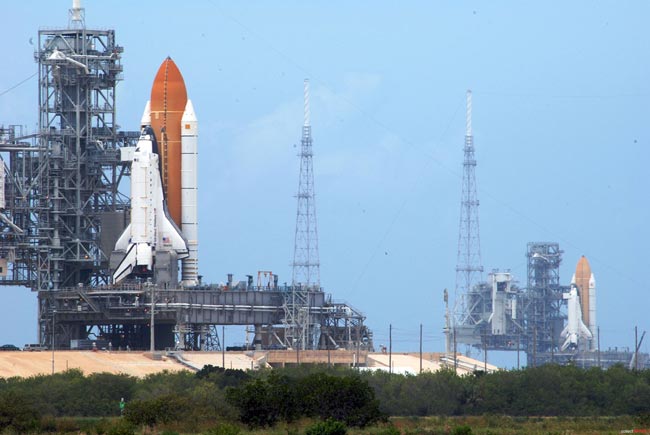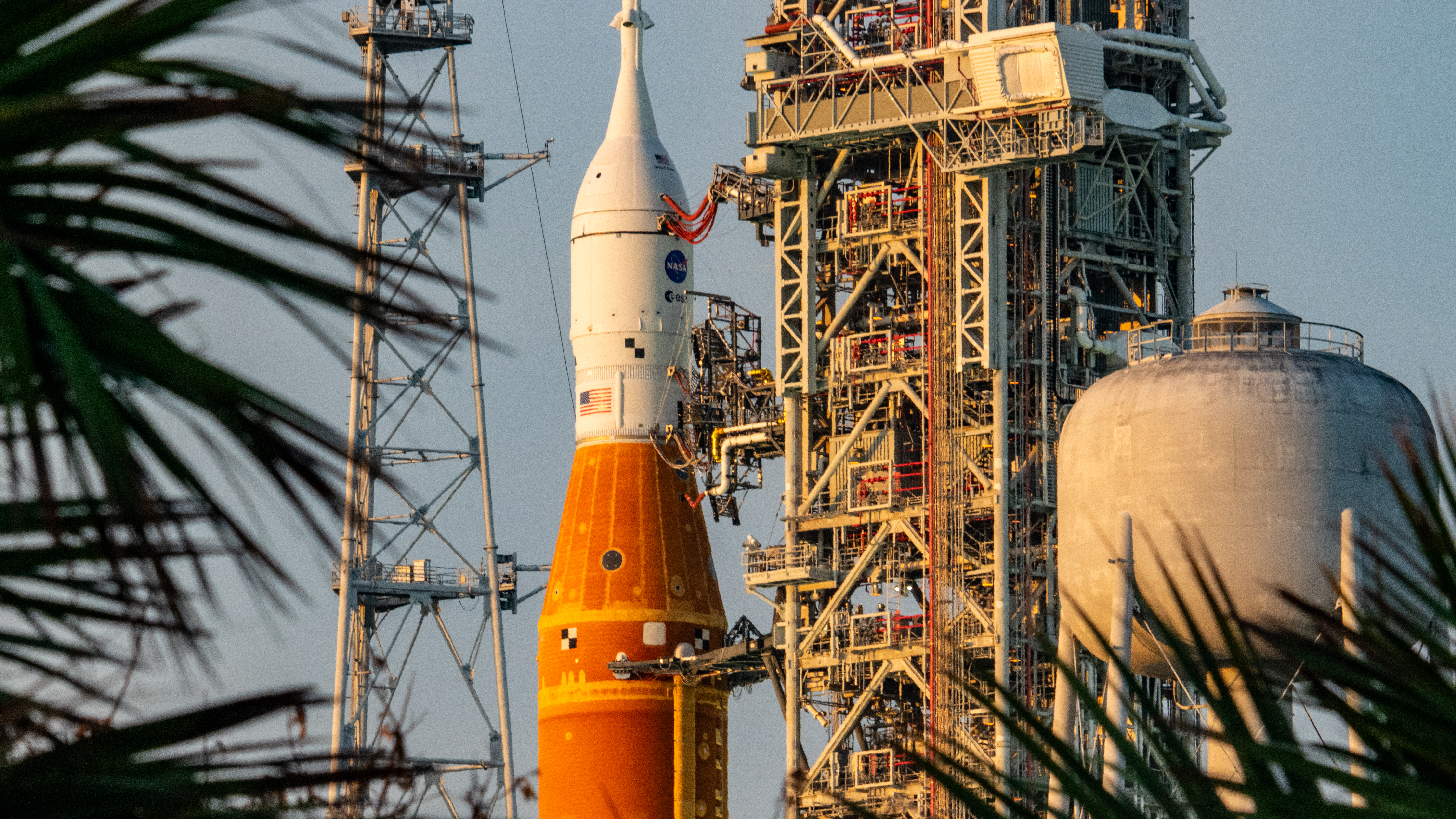NASA Begins Job Cuts for Shuttle Retirement

NASA onFriday began the first wave of layoffs that will ultimately eliminate 900 jobsby September as the space agency resumes plans to retire its spaceshuttle fleet next year.
The spaceagency issued 160 layoff notices today for manufacturing jobs that are nolonger required to support the last eight missions slated to launch between nowand the December 2010 deadline to mothball NASA?s threeaging space shuttles.
?This isthe first significant loss of manufacturing capability,? John Shannon, NASA?sshuttle program manager, told reporters late Thursday.
The layoffsare primarily focused in Utah and New Orleans, where contractors build the twinsolid rocket boosters and 15-story external tanks that help boostNASA shuttles into space. They came one day after the expiration of atemporary hold enacted by Congress to delay the shuttle program shutdown untilApril 30 so President Barack Obama?s administration had time to weigh in.
Now thatthe deadline has passed, NASA will resume shutting down shuttle manufacturingoperations that are no longer needed for the remaining flights. NASA plans tolaunch the space shuttle Atlantis on May 11 to perform one final service callon the Hubble Space Telescope. Seven other missions are scheduled to completeconstruction of the International Space Station.
Last month,President Obama released a budget outline that couldallow one extra flight to the space station to deliver a billion-dollarexperiment - the Alpha Magnetic Spectrometer - but only if the mission wouldfit within NASA?s 2010 retirement plan.
?I love theshuttle. I have spent my career working on the shuttle,? Shannon said. ?At sometime you have to decide that what the shuttle was meant to do has been done.And I would say that it has.?
Breaking space news, the latest updates on rocket launches, skywatching events and more!
The spaceshuttle is the only reusable spacecraft capable of launching astronauts on spaceservice calls like the Hubble repair mission or carrying massive constructionpieces to the International Space Station.
Not all ofthe 900 eliminated shuttle positions are layoffs, Shannon said. Some includeattrition as employees leave the workforce, while others include reassignmentto other projects, such as NASA?s Constellation program that is building itsspace shuttle successor.
NASA willshift the funding saved from the shuttle?s retirement over to the developmentof that new spaceship ? the Orion Crew Exploration Vehicle ? which isexpected to make its operational debut no earlier than March 2015.
Orion is acapsule-based spacecraft that builds on the legacy of NASA?s Apollo-era vehicles.The new vehicle will be launched on a shuttle-derived Ares I rocket to ferrynew crews to the International Space Station. It is also slated to returnastronauts to the moon by 2020.
Orion wasinitially slated to come in two versions: a six-seater for space stationcrew flights, and a four-seater for moon missions. NASA confirmed this weekthat it is focusing on the four-person Orion for now, which should save time,money and keep the spacecraft on track for a 2015 target.
- Video - NASA's Constellation Journey Begins: Part 1, Part 2
- End in Sight: Final Space Shuttle Missions Slated
- Image Gallery - The First 100 Space Shuttle Flights

Tariq is the award-winning Editor-in-Chief of Space.com and joined the team in 2001. He covers human spaceflight, as well as skywatching and entertainment. He became Space.com's Editor-in-Chief in 2019. Before joining Space.com, Tariq was a staff reporter for The Los Angeles Times covering education and city beats in La Habra, Fullerton and Huntington Beach. He's a recipient of the 2022 Harry Kolcum Award for excellence in space reporting and the 2025 Space Pioneer Award from the National Space Society. He is an Eagle Scout and Space Camp alum with journalism degrees from the USC and NYU. You can find Tariq at Space.com and as the co-host to the This Week In Space podcast on the TWiT network. To see his latest project, you can follow Tariq on Twitter @tariqjmalik.
